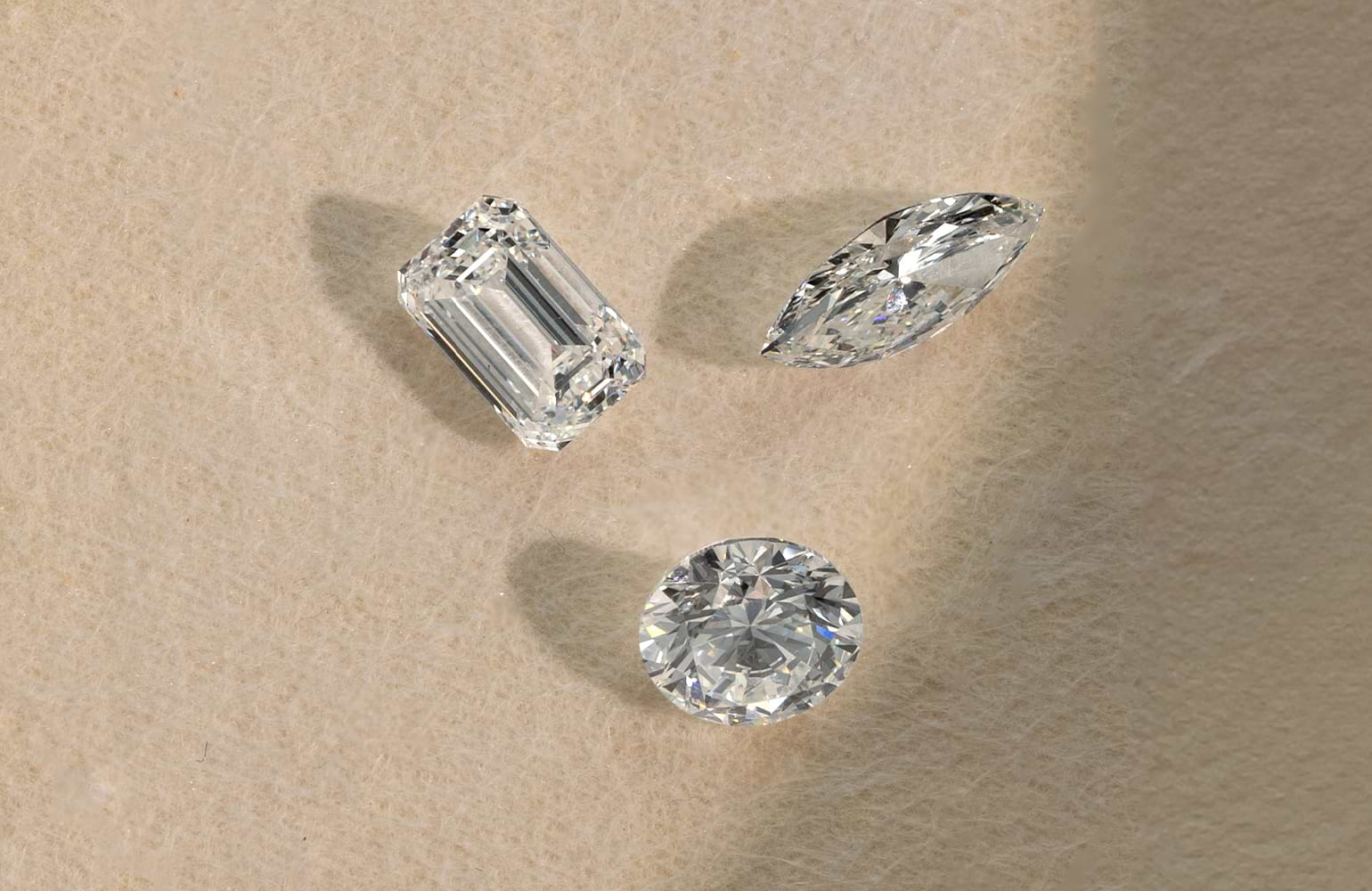Table of Contents
Introduction
Lab grown diamonds, also known as synthetic diamonds, are gaining popularity as an alternative to naturally mined diamonds. These diamonds are created in a controlled laboratory environment using advanced technology, replicating the natural process of diamond formation. In this article, we will explore the world of 4Cs lab grown diamonds, understanding what sets them apart and why they are becoming a preferred choice for many.
What are Lab Grown Diamonds?
Definition
Lab grown diamonds are chemically, physically, and optically identical to natural diamonds, with the primary difference being their origin. While natural diamonds form deep within the Earth’s crust over millions of years, lab grown diamonds are created in a matter of weeks or months in a laboratory setting.
How are They Made?
Lab grown diamonds are produced using two main methods: High Pressure High Temperature (HPHT) and Chemical Vapor Deposition (CVD). HPHT simulates the natural diamond-growing environment by subjecting carbon seed crystals to high pressure and temperature, allowing them to grow into larger diamonds. CVD involves creating a plasma ball in a vacuum chamber, where carbon atoms are deposited onto a substrate, gradually forming a diamond crystal.
Advantages of 4Cs Lab Grown Diamonds
4Cs refer to the four main criteria used to evaluate the quality of diamonds: Clarity, Color, Cut, and Carat Weight. Lab grown diamonds offer several advantages in each of these categories.
Clarity
Lab grown diamonds often exhibit exceptional clarity due to the controlled environment in which they are formed. With fewer inclusions and blemishes, these diamonds can sparkle brilliantly, offering excellent value for money.
Color
Unlike natural diamonds, which may have slight color variations, lab grown diamonds can be produced with consistent color grades. This allows consumers to choose the exact color they desire, whether it’s a classic white diamond or a fancy colored diamond.
Cut
The precision with which lab grown diamonds are cut plays a significant role in their brilliance and fire. Manufacturers can utilize advanced cutting techniques to maximize the diamond’s optical properties, resulting in a stunning finished product.
Carat Weight
Lab grown diamonds are available in a wide range of carat weights, making it easier for consumers to find the perfect size within their budget. Whether you’re looking for a delicate accent stone or a show-stopping centerpiece, there’s a lab grown diamond to suit every preference.
Comparison with Natural Diamonds
While lab grown diamonds offer numerous benefits, it’s essential to consider how they compare to natural diamonds in terms of cost, environmental impact, and ethical considerations.
Cost
One of the most significant advantages of lab grown diamonds is their cost-effectiveness. On average, lab grown diamonds are priced 20-40% lower than their natural counterparts, allowing consumers to get more for their money without sacrificing quality.
Environmental Impact
The environmental impact of diamond mining is well-documented, with significant land disturbance, water pollution, and carbon emissions associated with traditional mining operations. In contrast, lab grown diamonds have a much smaller environmental footprint, requiring less energy and water to produce.
Ethical Considerations
Diamond mining has long been associated with issues such as child labor, worker exploitation, and human rights abuses. By choosing lab grown diamonds, consumers can support ethical and sustainable practices in the jewelry industry, ensuring that their purchase does not contribute to these harmful practices.
How to Choose the Best 4Cs Lab Grown Diamond
When selecting a lab made diamonds, several factors should be taken into consideration to ensure you find the perfect stone for your needs.
Budget
Determine your budget beforehand and prioritize the 4Cs accordingly. Whether you’re looking for a flawless diamond or a larger carat weight, knowing your budget will help narrow down your options.
Personal Preferences
Consider your personal preferences when it comes to the 4Cs. Whether you prioritize color, clarity, cut, or carat weight, choose a diamond that aligns with your aesthetic preferences and lifestyle.
Certification
Ensure that your lab grown diamond comes with proper certification from reputable gemological laboratories such as the Gemological Institute of America (GIA). This certification provides assurance of the diamond’s quality and authenticity.
Caring for Your 4Cs Lab Grown Diamond
Proper care and maintenance are essential to ensure the longevity and beauty of your lab grown diamond.
Cleaning
Regularly clean your diamond using mild soap and warm water, using a soft brush to remove any dirt or debris. Avoid harsh chemicals and ultrasonic cleaners, as they can damage the diamond’s surface.
Storage
When not wearing your diamond jewelry, store it in a soft cloth pouch or jewelry box to prevent scratches and damage. Avoid storing diamonds with other jewelry pieces that may scratch or dull their surface.
Maintenance
Schedule regular maintenance checks with a reputable jeweler to ensure your diamond is secure in its setting and free from any damage or defects. This will help prolong the life of your diamond and maintain its brilliance.
Conclusion
4Cs lab grown diamonds offer a compelling alternative to natural diamonds, providing exceptional quality, value, and sustainability. With their superior clarity, color, cut, and carat weight, lab grown diamonds are revolutionizing the jewelry industry and empowering consumers to make ethical and environmentally conscious choices without compromising on beauty or craftsmanship.

